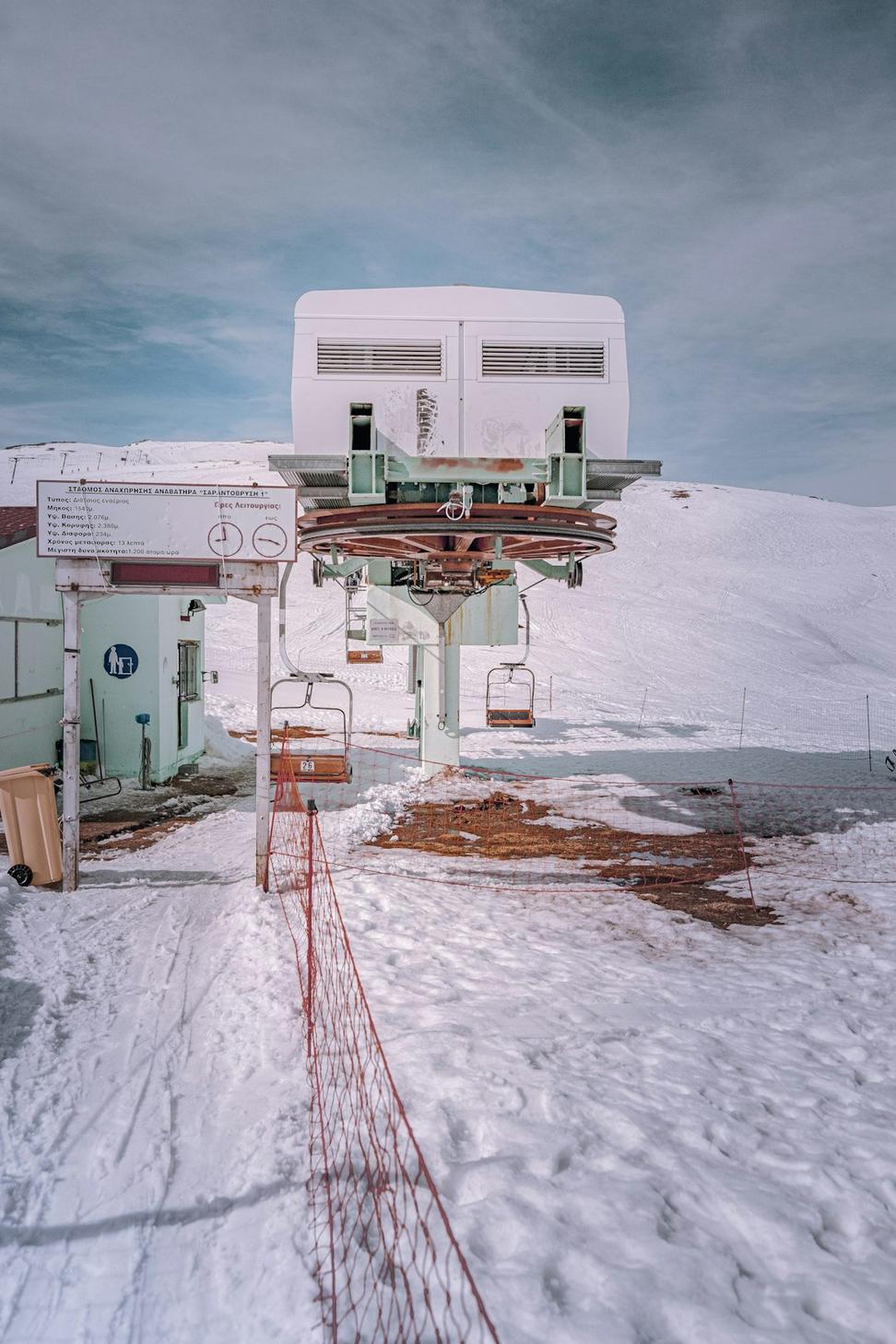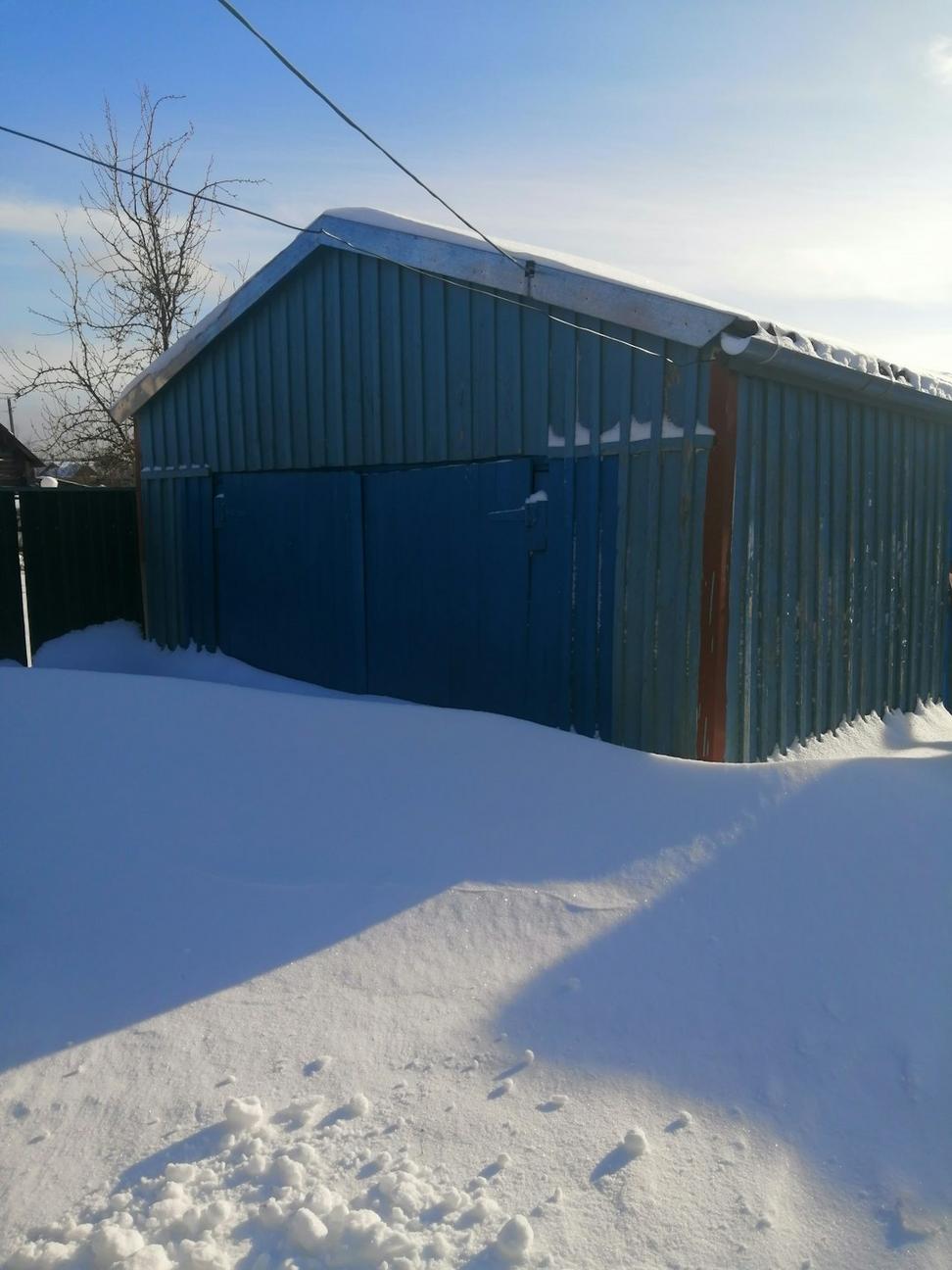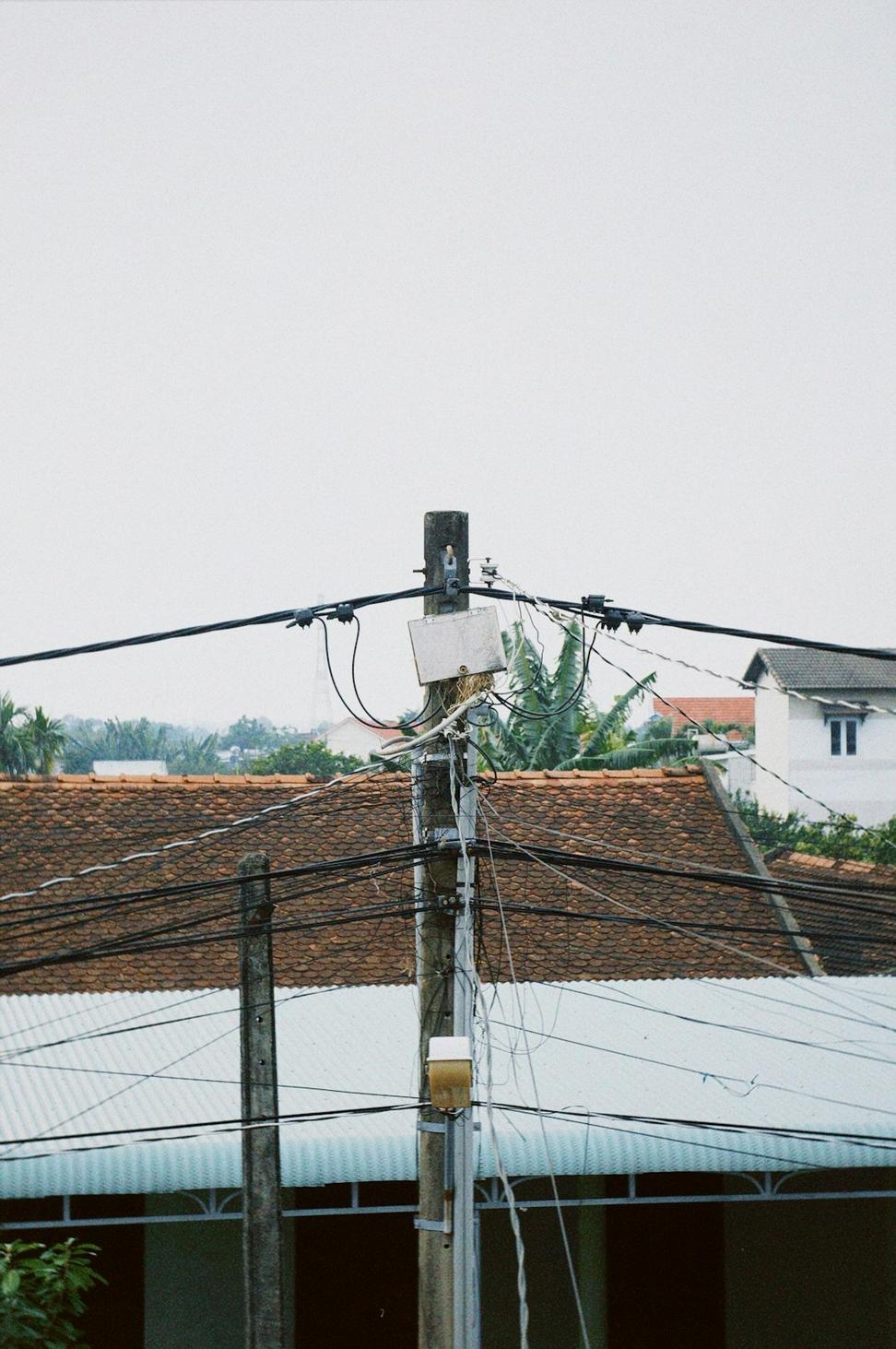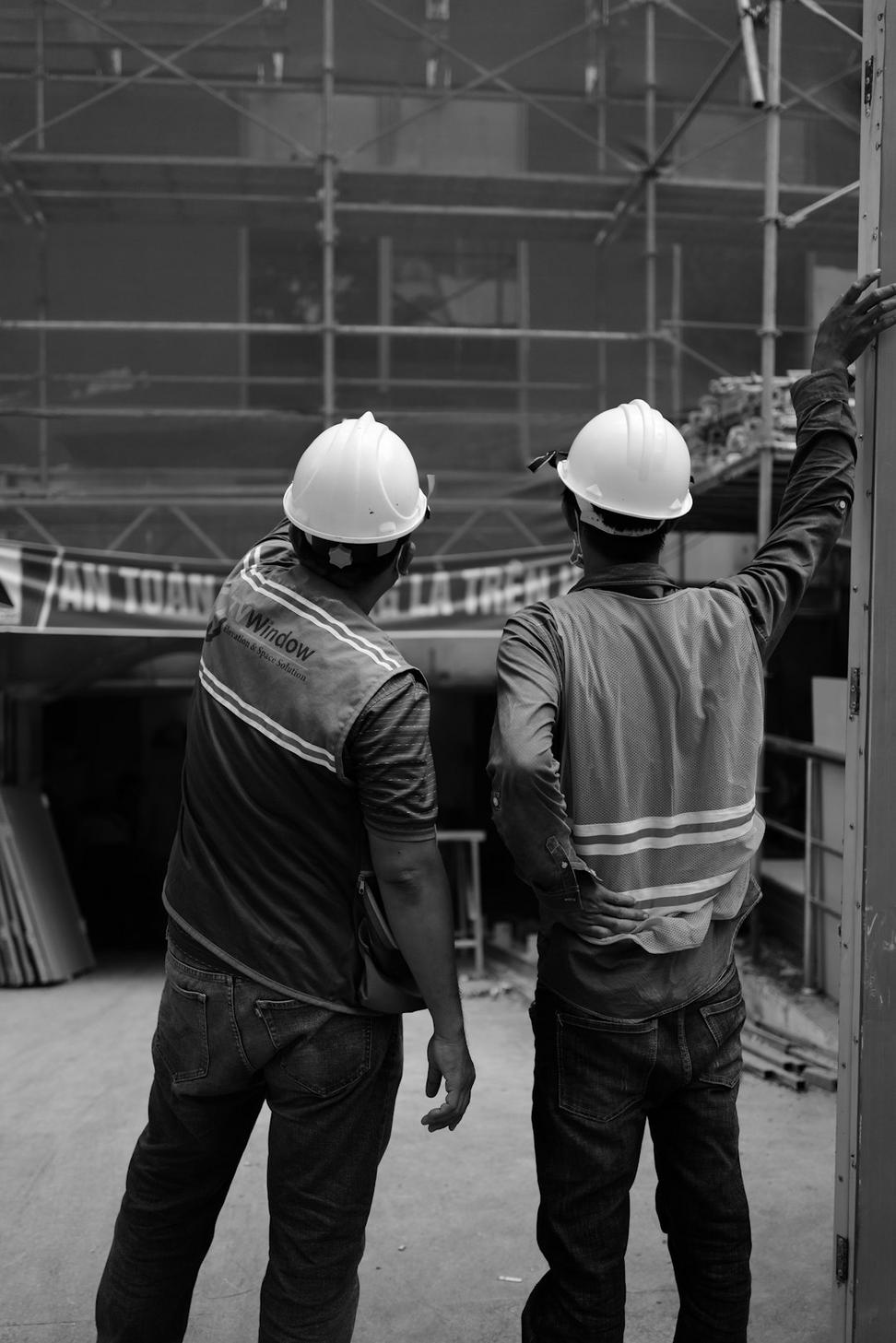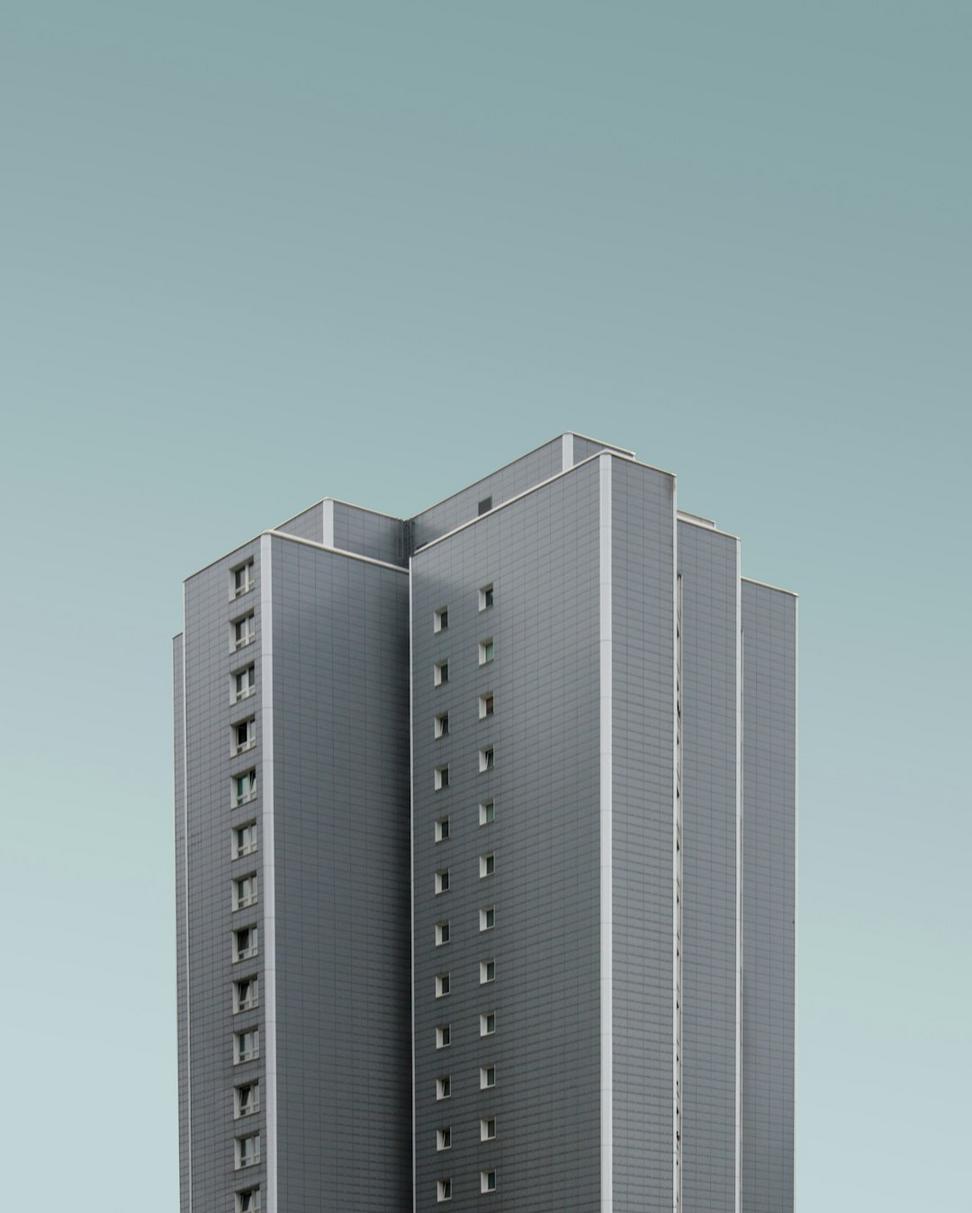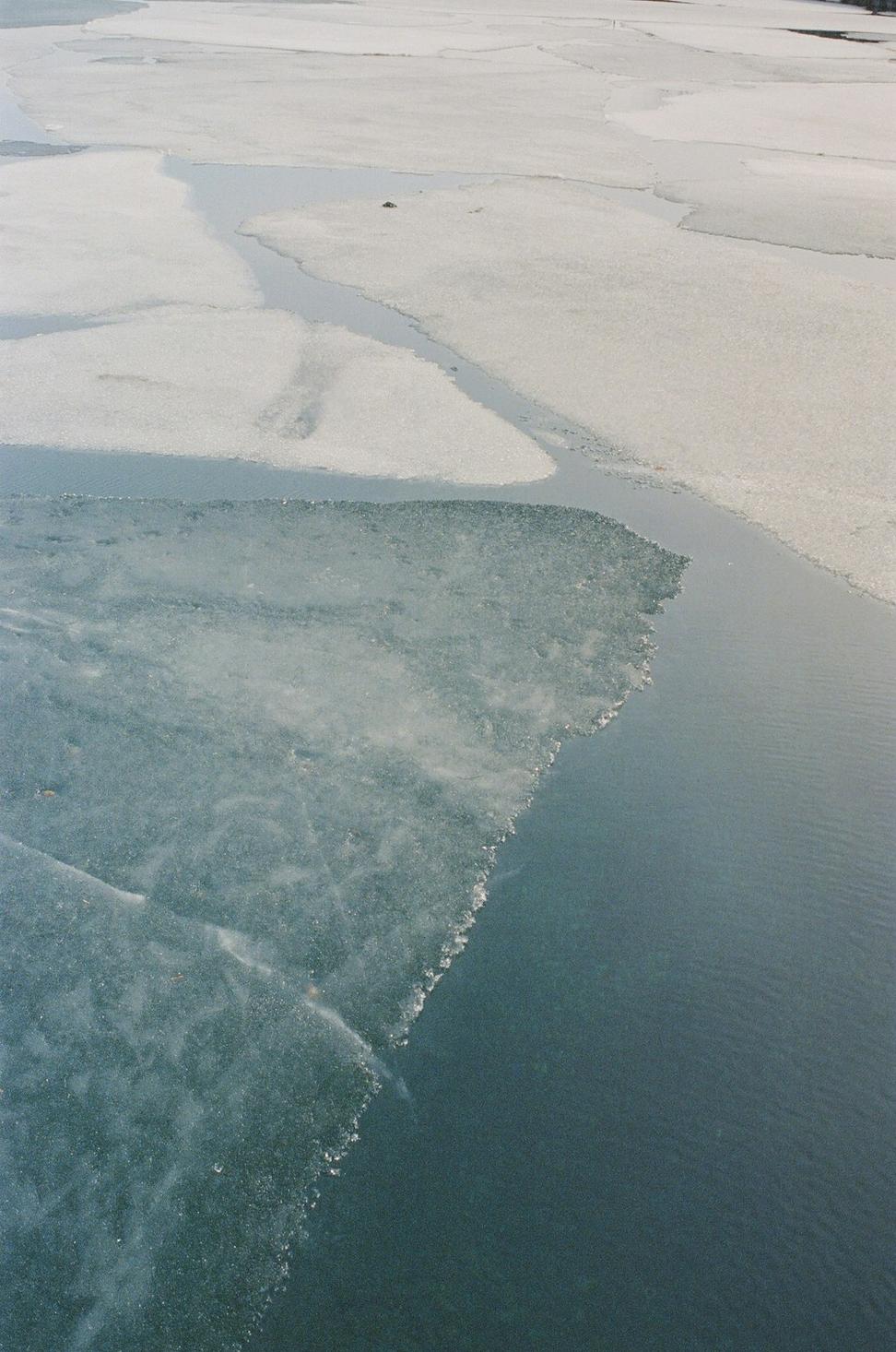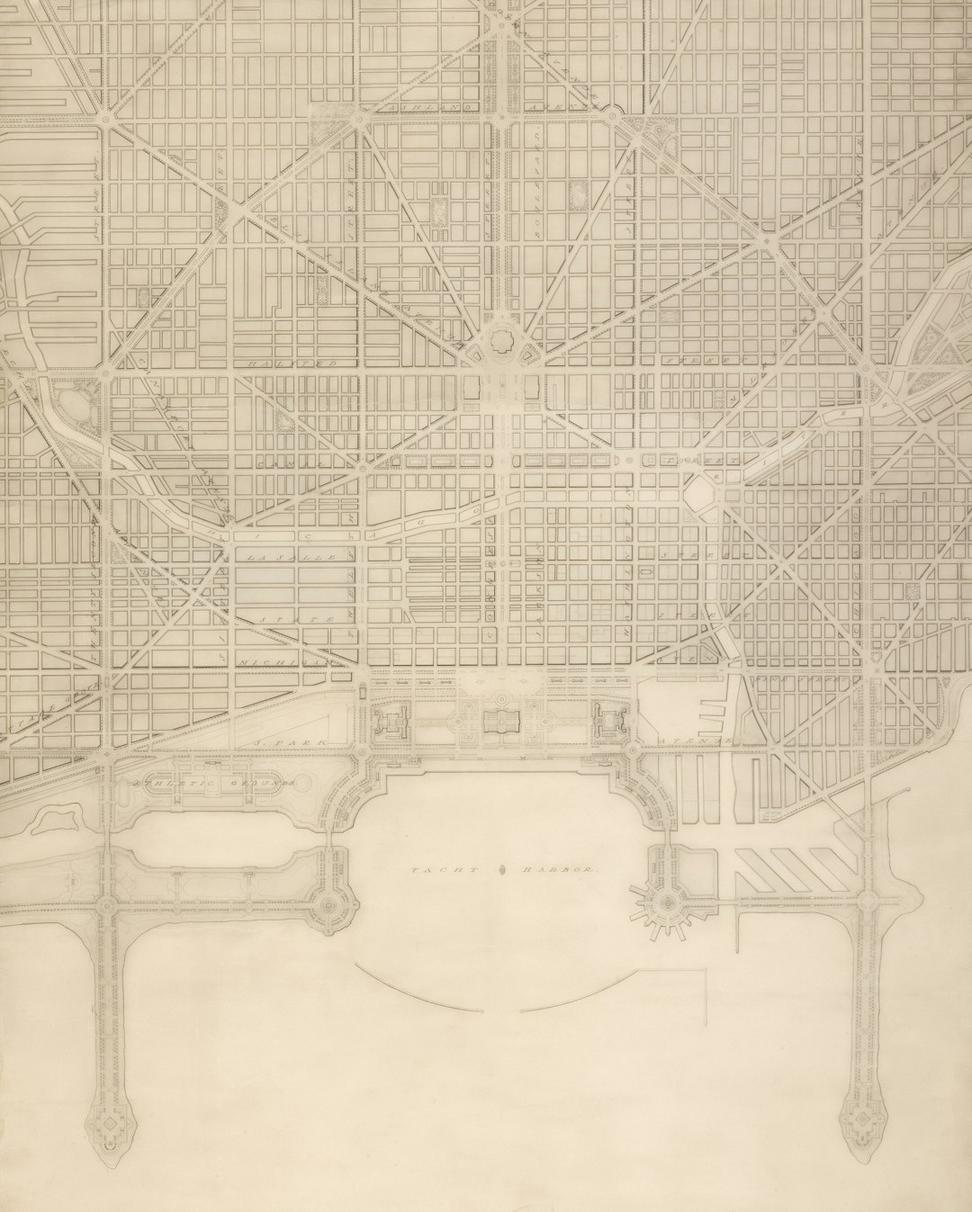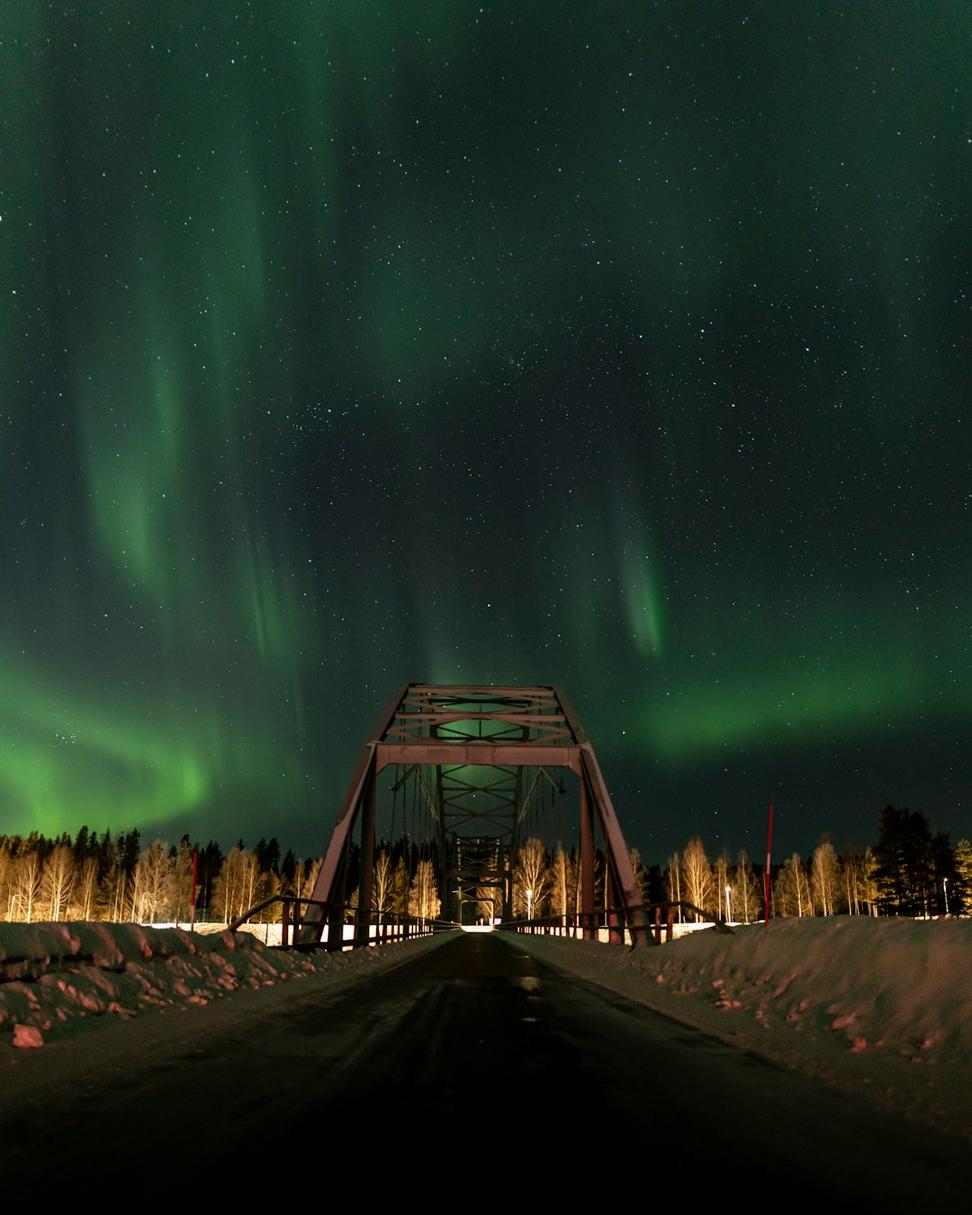Indigenous Community Partnership
This is where it gets real important - working with Indigenous communities isn't about imposing solutions. It's about listening, learning, and collaborating.
We don't show up with plans and expect applause. We start conversations. We learn about what's worked for centuries, what hasn't, what the community actually needs vs what some government report says they need.
Our approach includes:
- Cultural liaison throughout the design process
- Local materials and traditional building methods where appropriate
- Training programs so locals can maintain and modify structures
- Designs that respect cultural practices and community dynamics
- Flexibility for multi-generational use patterns
Last year, working with a Dene community in NWT, we learned their gathering spaces needed to accommodate both traditional ceremonies and modern community functions. The elders had insights about orientation and flow that no architect schooling could've taught us. That building works because we listened more than we talked.
